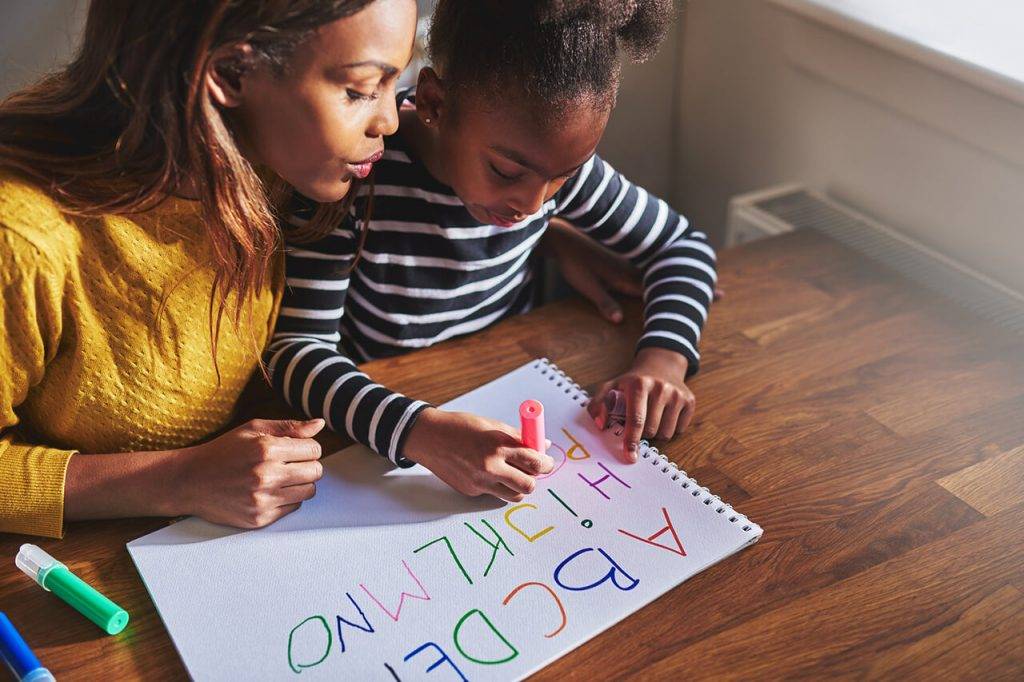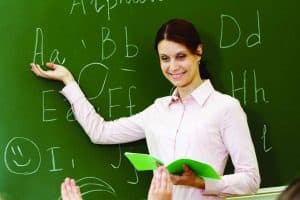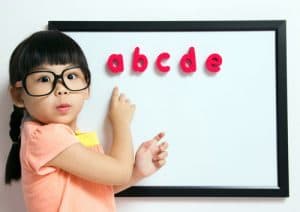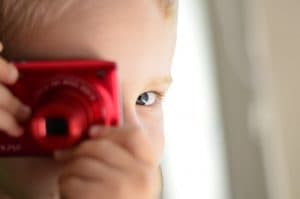Have you been told your child has difficulties with their Visual Information Processing?
How can optometrists help?
Visual processing describes the way the brain processes visual information – this includes all information from a child’s reading, computer, sports, facial cues and social interactions.
Visual processing difficulties affect many students diagnosed with reading and learning disabilities, dyslexia and ADD/ADHD.
What are VIP difficulties?
There are several different types of visual processing difficulties, each with its own symptoms. An individual can have more than one type of visual processing difficulty.
1. Visual discrimination
Visual discrimination is the ability to recognize similarities and differences between shapes, sizes, objects, colors and patterns.
2. Visual figure-ground
Figure-ground perception is the ability to filter visual information that isn’t immediately relevant so that you can focus on the relevant visual information.
3. Form constancy
Form constancy is a visual perceptual skill that allows you to understand that a form, shape or object stays the same even when it changes its size, position or is in a different environment.
4. Visual closure
Visual closure is a visual perceptual skill that allows you to know what an object is even when the object is only partially visible.
5. Visual memory
Visual memory is the ability to immediately recall what the eye has seen.
6. Visual sequential memory
Visual sequential memory is the ability to remember and recall a sequence of objects and/or events in the correct order.
7. Visual motor integration
Visual motor integration is the ability to interpret visual information and respond with a motor action.
Signs VIP difficulties?
The most common signs of VIP difficulties include:
- Slow reading speed
- Difficulties with spelling
- Confusing similar looking words
- Reading words backwards
- Writing letters or numbers backwards
- Reduced math skills
- Poor reading comprehension
- Messy handwriting
- Confusion of letters and numbers
How can vision therapy help?
A vision therapy treatment program can improve a child’s visual processing abilities through eye exercises that help retrain the eyes and brain to work together.
Schedule an eye exam with a vision therapy eye doctor near you who can diagnose and treat any vision problems your child may have.









